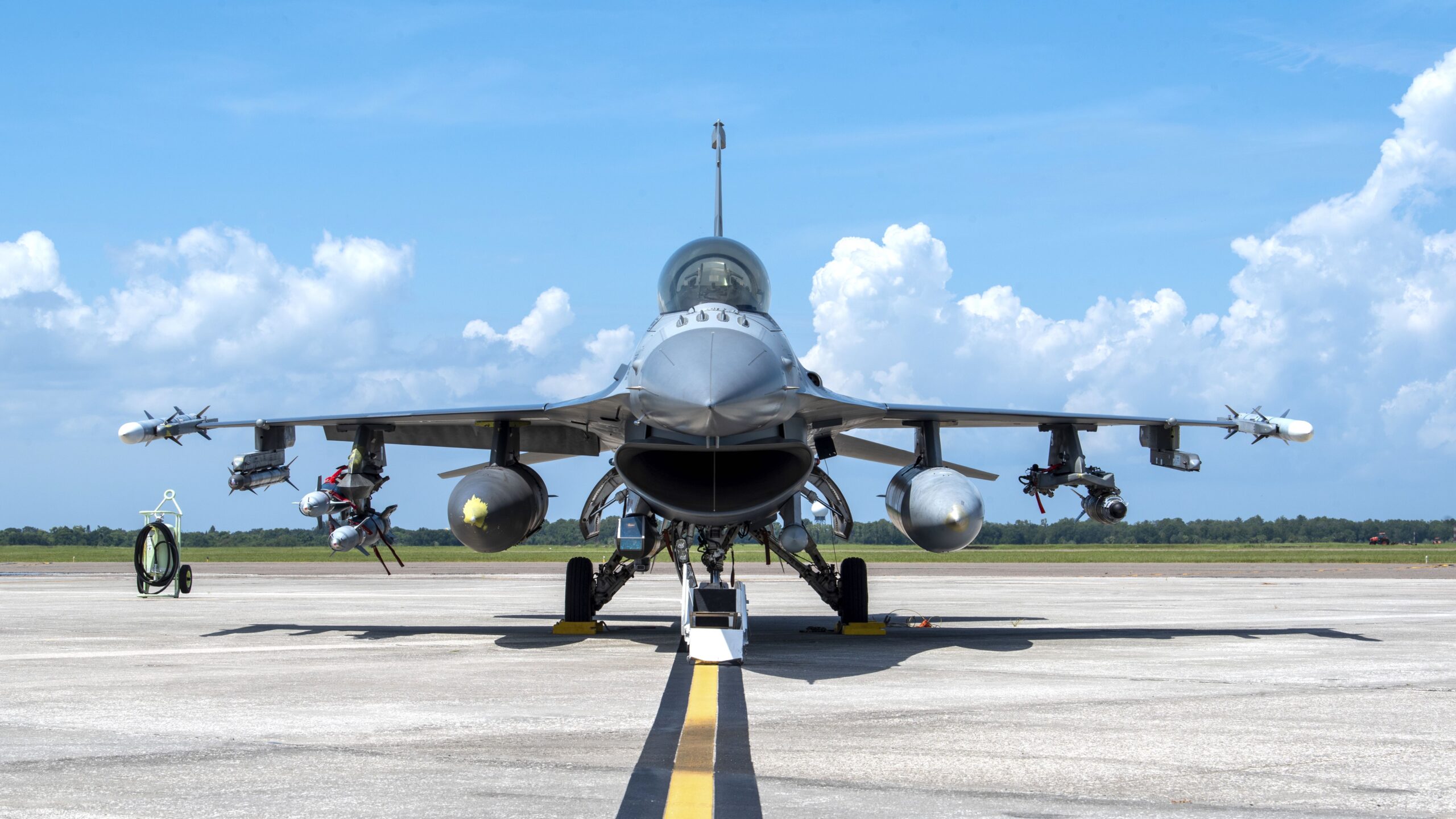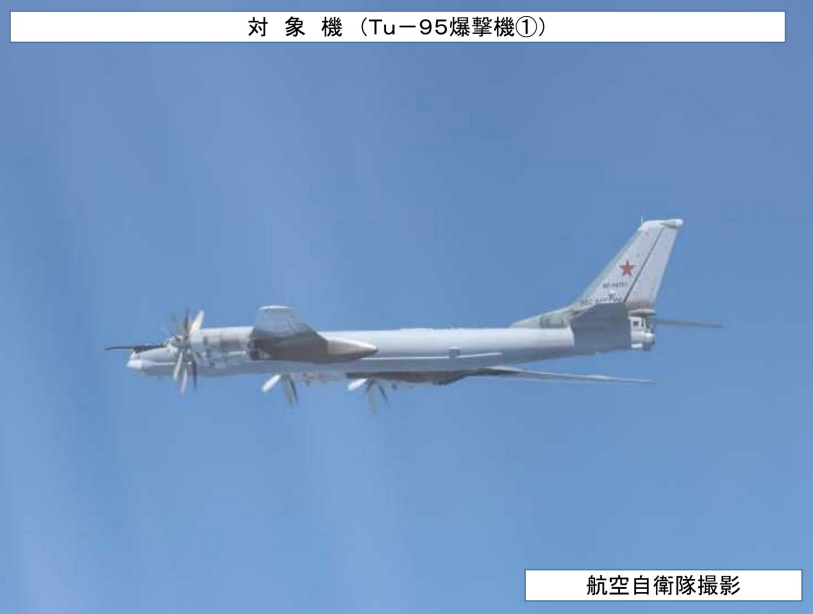
F-16 fighter aircraft will be flying over Ukraine this summer, Secretary of State Antony Blinken announced Wednesday as the 75th NATO’s summit got underway.
The fighters will be coming from the Netherlands and Denmark, Blinken said. On the ground, new Patriot and tactical air defense systems will be in place to protect cities and critical infrastructure like power plants, he added.
Air defense systems have been a priority since Russia has ramped up missile and aerial drone attacks on Ukrainian civilian targets, Blinken said while speaking at the NATO Public Forum. Several times during the discussion, Blinken mentioned this week’s cruise missile attack on a Kyiv children’s hospital that killed at least 31 people.
Patriot batteries are donated by the U.S., Germany and Romania, President Joe Biden said Tuesday evening, speaking alongside leaders of four NATO countries. Other Patriot components are donated by the Netherlands and other partners, while Italy donated a SAMP=T system.
In addition to the Patriots, alliance members will send Ukraine dozens of tactical air defense systems in the near future and have committed more than $1 billion to Kyiv’s integrated air and missile defense, Biden said.
“Our message to Moscow and the world is clear: Our support for Ukraine is strong and unwavering,” Biden said.
NATO Secretary General Jens Stoltenberg added Wednesday that the F-16s and air defense systems are one of five elements of the alliance’s expanded long-term commitment to Ukraine. The 32 heads of government in the alliance approved all five at their meeting Wednesday afternoon.
Language at the summit “is a product of listening, a product of talking,” Blinken said. “We have 32 allies. Part of our responsibility is to proceed with consensus.”
The F-16s are “a very important through-point” and will allow the Ukrainians “to effectively defend themselves,” Blinken said. Their presence is also a demonstration that Russian President Vladimir “Putin will not outlast us” in defending Kyiv’s sovereignty. “The fastest way to be to peace is a strong Ukraine.”
A strong, independent Ukraine that could join NATO and the European Union is how Stoltenberg measures success in the Russo-Ukraine War, he said.
“The military trajectory is clear” to ensure Ukraine can “stand on its own feet.” He called it a “well-lighted bridge” to joining the alliance.
The NATO command center in Wiesbaden, Germany, will also have “nodes and hubs in the eastern part of the alliance” to ensure efficient distribution of donated weapons systems, the secretary said.
He also saw the new command as a way to demonstrate more burden-sharing in the alliance and a mechanism for continued military aid. Since the invasion in February 2022, the United States had assumed the leadership in rallying international economic, military and humanitarian support for Ukraine.
The European nations and Canada are now delivering half of the military assistance that Ukraine is receiving, Stoltenberg said.
As the command is established, NATO also will set up an interoperability center
in Poland, so Ukrainians become much more familiar with the alliance’s tactics, techniques and procedures in all domains. Stoltenberg pointed to the F-16s as an example.
“We deliver training, doctrine and operational concepts” as well as the aircraft, he said. The United States announced its support for the F-16 training in March 2023 and approved the transfer of aircraft that August.
“The elements in this package are changing the relationship” between Kyiv and the alliance, drawing the two closer together, Stoltenberg said.
The long-term pledge to Ukraine “is the thing we have to do,” Stoltenberg said. “I can’t give you a date when the fighting stops.” The alliance partners cannot pause their support for Ukraine, the secretary said, adding Moscow used pauses to re-arm and increase support for separatists in eastern Ukraine several times since it seized Crimea in 2014.





